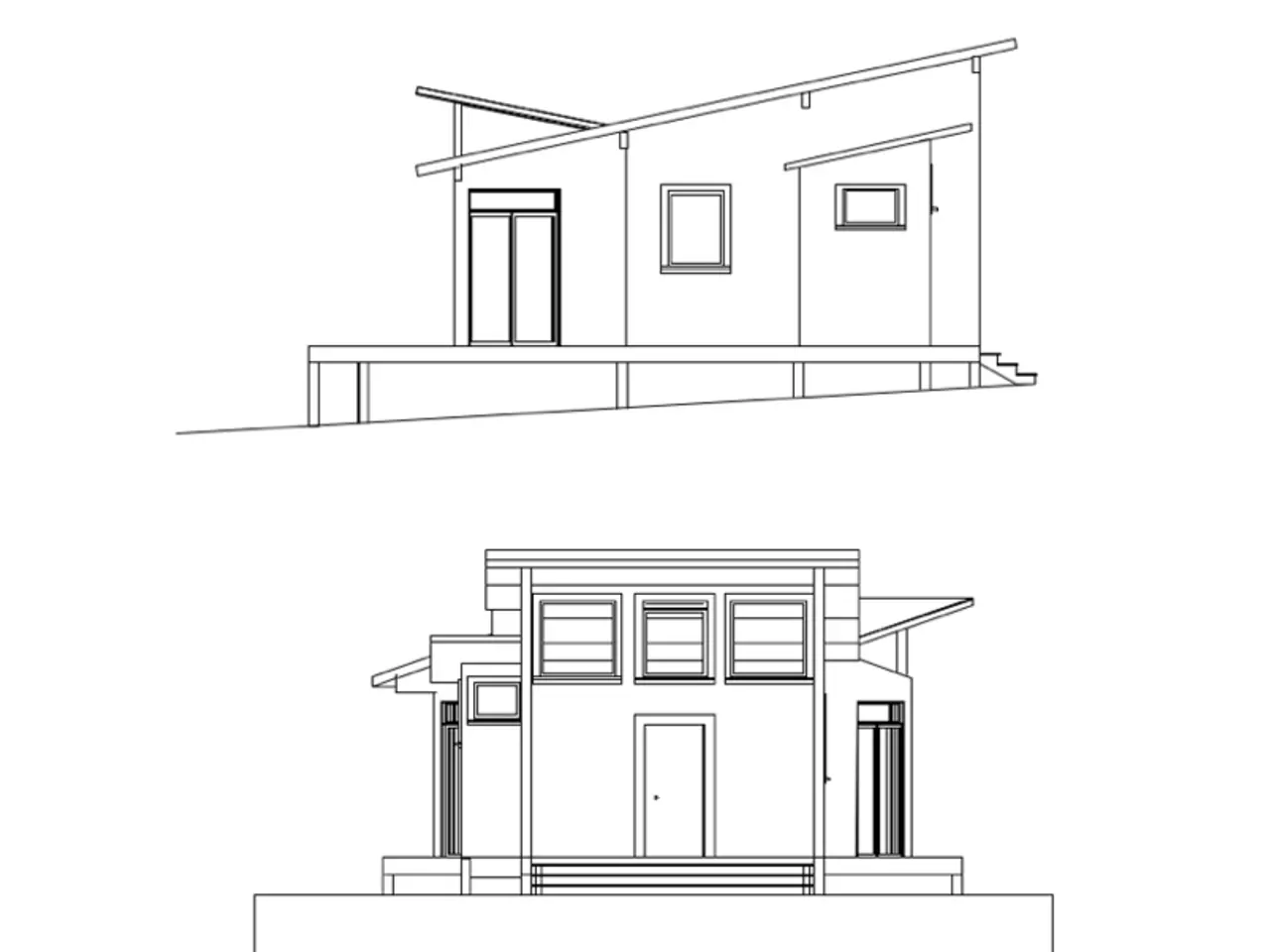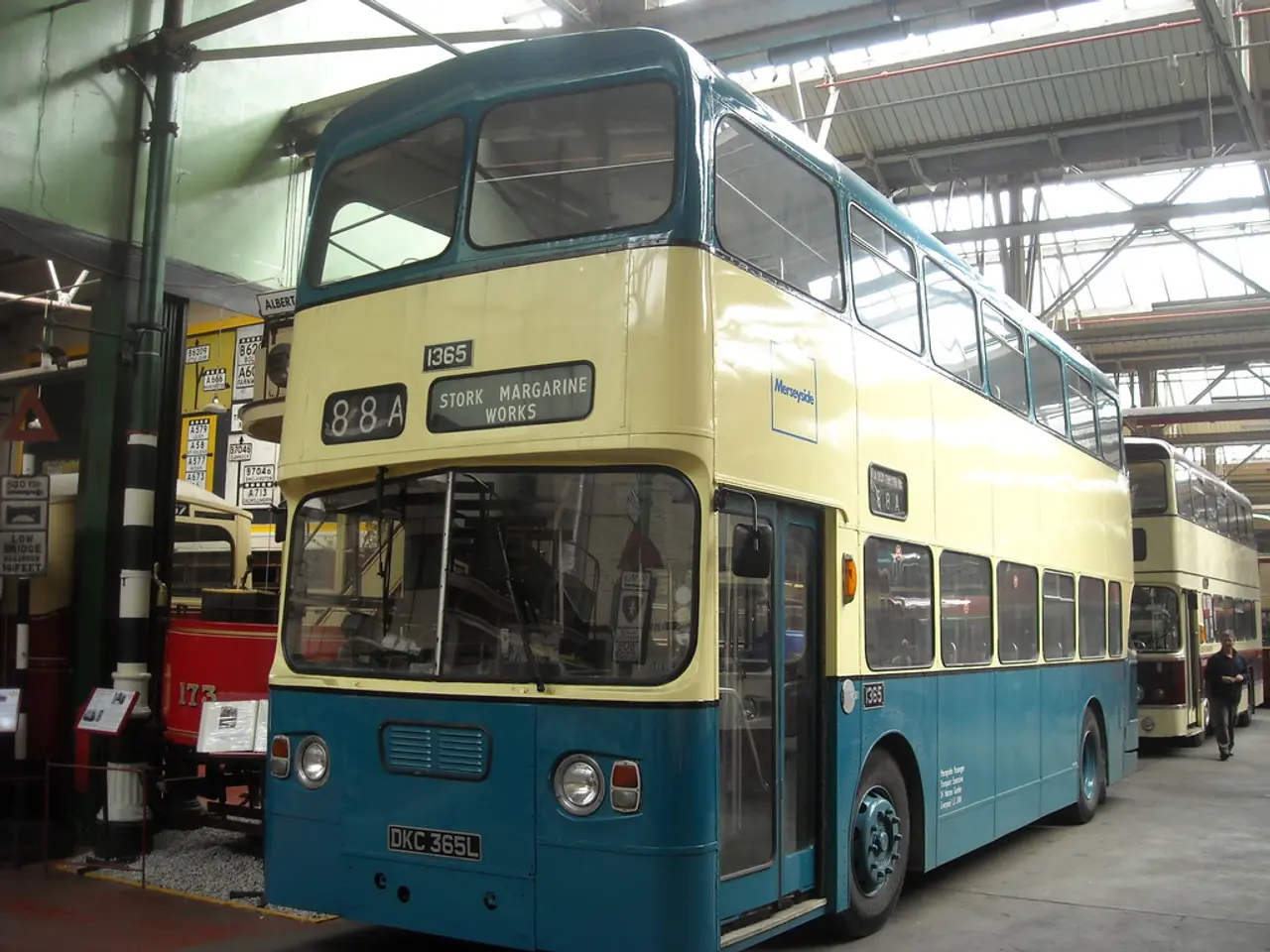Product Life Cycle's Final Phase
The decline stage of a product's life cycle can be a challenging period for companies, marked by decreasing sales and the emergence of new, more innovative alternatives. However, there are strategies that companies can employ to extend this stage and maximize profitability.
One factor affecting the speed of decline is the degree of substitutability of new products. More functionally similar substitutes can cause a faster decline. To counter this, companies may develop the closest substitute product before the primary market falls, as a way to cope with declining sales.
Extension strategies can include incremental innovations like line extensions or reformulations, repositioning or rebranding the product, entering new markets, updating features or packaging, and targeted marketing campaigns to maintain customer interest. These tactics help delay product withdrawal or withdrawal decisions.
Incremental innovations introduce new versions, formulations, or related products to refresh the offering and attract attention without full redevelopment. Rebranding or repositioning changes the product’s market image or targets different customer segments to revive interest. Market expansion launches the product in new geographic or demographic markets to access untapped demand. Product updates enhance features, redesign packaging, or add services to improve competitive standing.
Pricing and promotion adjustments offer discounts, bundles, or special editions strategically to sustain sales while protecting profitability. Companies may also choose to liquidate the remaining inventory when deciding to withdraw a product.
Excess supply becomes more prominent during the decline stage, amplifying price pressure. Consumer preferences change, causing them to stop buying the product and seek newer, more innovative alternatives. The level of innovativeness and perfection of substitute products can also impact the speed of decline, as more advanced substitutes may be more appealing to consumers.
An example of this transition can be seen in the move from desktop computers to laptops. Laptops offered a more portable and space-saving alternative, leading to a decline in demand for desktops. Despite this, demand during the decline stage comes only from repeated purchases and replacement of damaged products.
In cases where it is unlikely to reverse the decline, product withdrawals may be the more sensible option to avoid losing money. Companies face profit pressure during the decline stage due to slumping revenue and falling prices. However, these strategies provide companies with tools to extend the decline stage, delay withdrawal, and maintain customer retention.
In the face of new, innovative products threatening a product's market share, companies in the industry can opt for incremental finance strategies to refresh their offerings and attract customers, such as line extensions or reformulations. In the struggle against more advanced substitutes, businesses may rebrand or reposition their product to revive its appeal in the finance sector and target segments that are less likely to be dazzled by the new alternatives.




